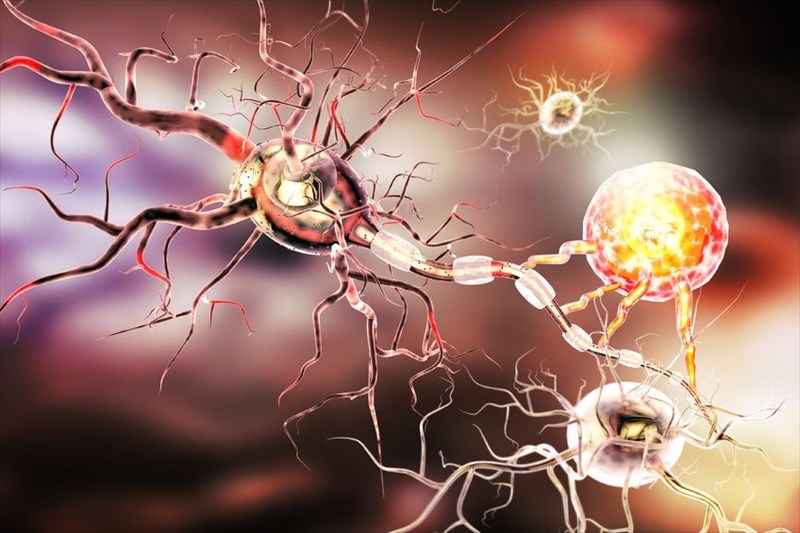ALS, also known as Lou Gehrig’s disease, is a serious illness that slowly damages the nerve cells in the brain and spinal cord. These nerve cells control the muscles that help us move, speak, eat, and breathe. Over time, people with ALS lose the ability to do these things because their muscles get weaker and stop working. Causes and symptoms of ALS are vary according to it’s type
Causes of ALS
Doctors and scientists still don’t fully understand what causes Als but they believe it happens due to a mix of inherited (genetic) and environmental reasons.
1.Genetic Causes (Passed through Families)
About 5 to 10 out of every 100 people with ALS have inherited it from a family member. This is called familial ALS. Some important gene changes (mutations) involved are:
- C9orf72: Can cause harmful proteins to build up in the brain.
- SOD1: Leads to clumps of bad proteins that damage nerve cells.
- Fus and Tardbp: Affect how the cells handle messages, causing trouble in the brain’s communication system.
2. Environmental and Lifestyle Factors for ALS
Most people (90–95%) get sporadic Als, which happens without a family history. Some suspected triggers include:
- Toxins: Being around harmful chemicals like pesticides or heavy metals.
- Military service: Veterans are more likely to get ALS—possibly from exposure to chemicals or intense physical activity.
- Head injuries: Trauma may increase risk.
- Strenuous exercise: Some believe very intense physical activity could play a role.
- Viruses: Certain infections may hurt nerve cells (though this isn’t proven).
3. Problems Inside the Body’s Cells
Even when ALS is not inherited, scientists have found that people with the disease often have:
- Clumps of damaged proteins in their nerve cells.
- Too much glutamate, a brain chemical that, in large amounts, harms cells.
- Oxidative stress, which happens when harmful molecules (free radicals) outnumber the good ones (antioxidants).
- Mitochondria issues, making it hard for cells to produce energy.
- Chronic inflammation, which may speed up the disease.
Symptoms of ALS
ALS starts slowly, but symptoms get worse over time. Common signs include:
- Muscle weakness or tightness
- Twitching, especially in the arms and legs
- Slurred speech or trouble swallowing
- Muscles getting smaller and weaker
- In the final stages, people often become paralyzed and may struggle to breathe
Types of ALS
The causes and symptoms of ALS are varies according to it’s type. there are 2 types of ALS-
- Sporadic ALS: The most common type (90–95%). It appears randomly, with no family history.
- Familial ALS: Less common (5–10%). Runs in families and is linked to specific gene changes.
How ALS is Diagnosed
There isn’t a single test that proves someone has ALS. Doctors usually look at the person’s symptoms and use a few tests to rule out other conditions:
- EMG (Electromyography): Measures how well muscles and nerves are working
- MRI: Scans the brain and spinal cord
- Blood and urine tests: Help check for other problems
- Genetic testing: Used when ALS runs in the family
What is ALS and how does it affect the body?
ALS, or Lou Gehrig’s disease, is a condition that damages nerve cells in the brain and spinal cord, leading to muscle weakness and loss of ability to move, speak, eat, or breathe.
What are the two main types of ALS?
The two types are Sporadic ALS (90–95%, no family history) and Familial ALS (5–10%, inherited from a family member).
How is ALS diagnosed?
Doctors diagnose ALS by checking symptoms and using tests like EMG, MRI, blood tests, and sometimes genetic testing to rule out other conditions.

